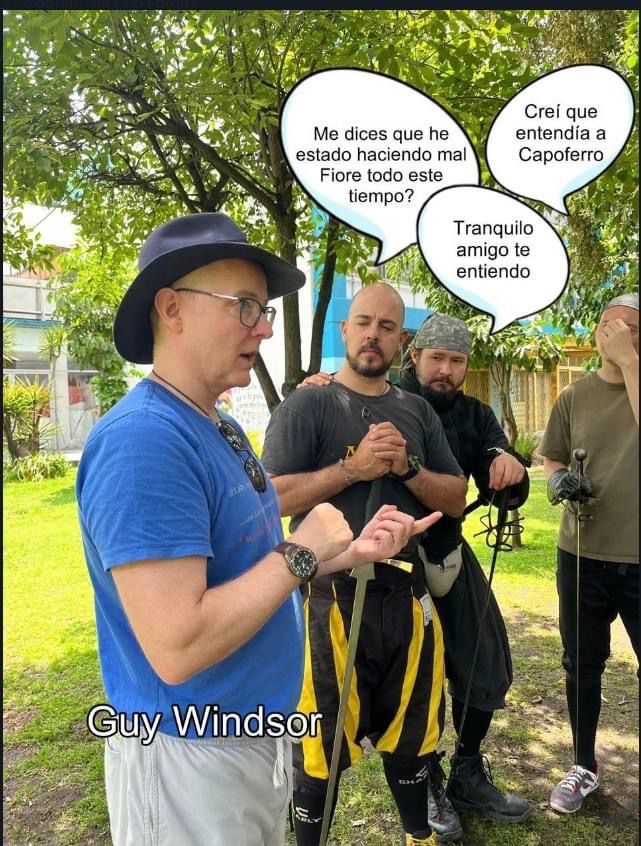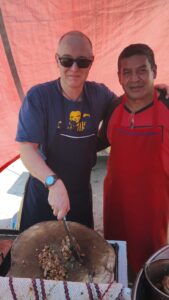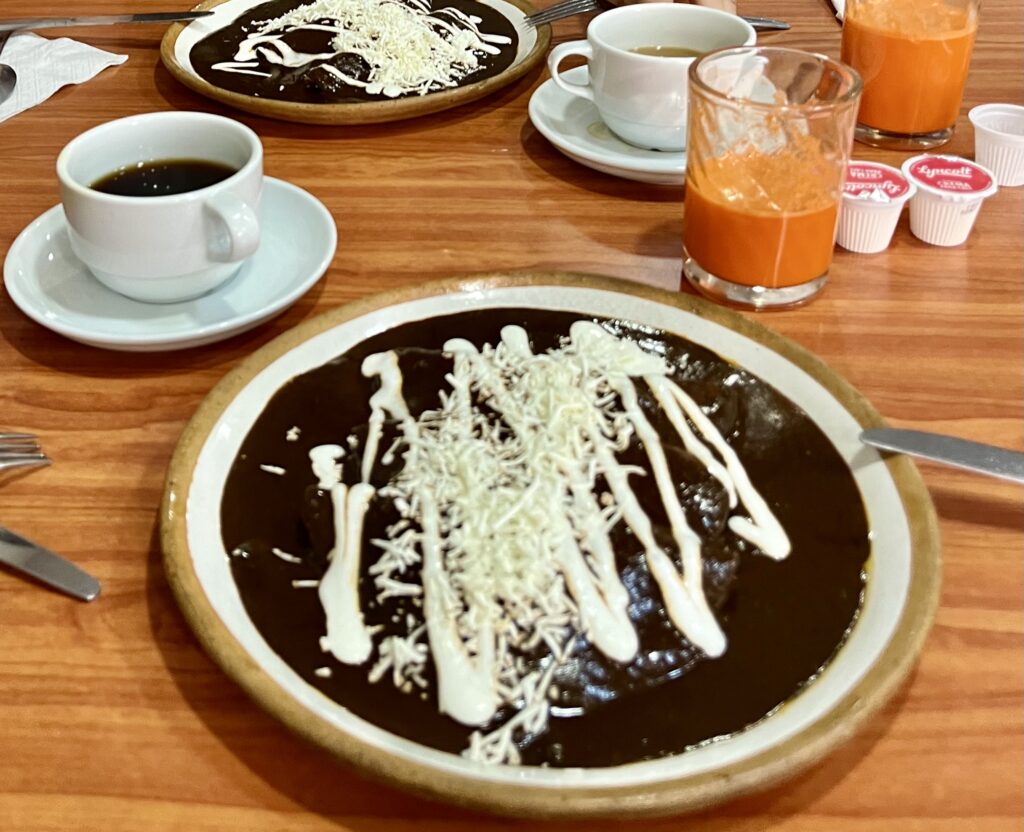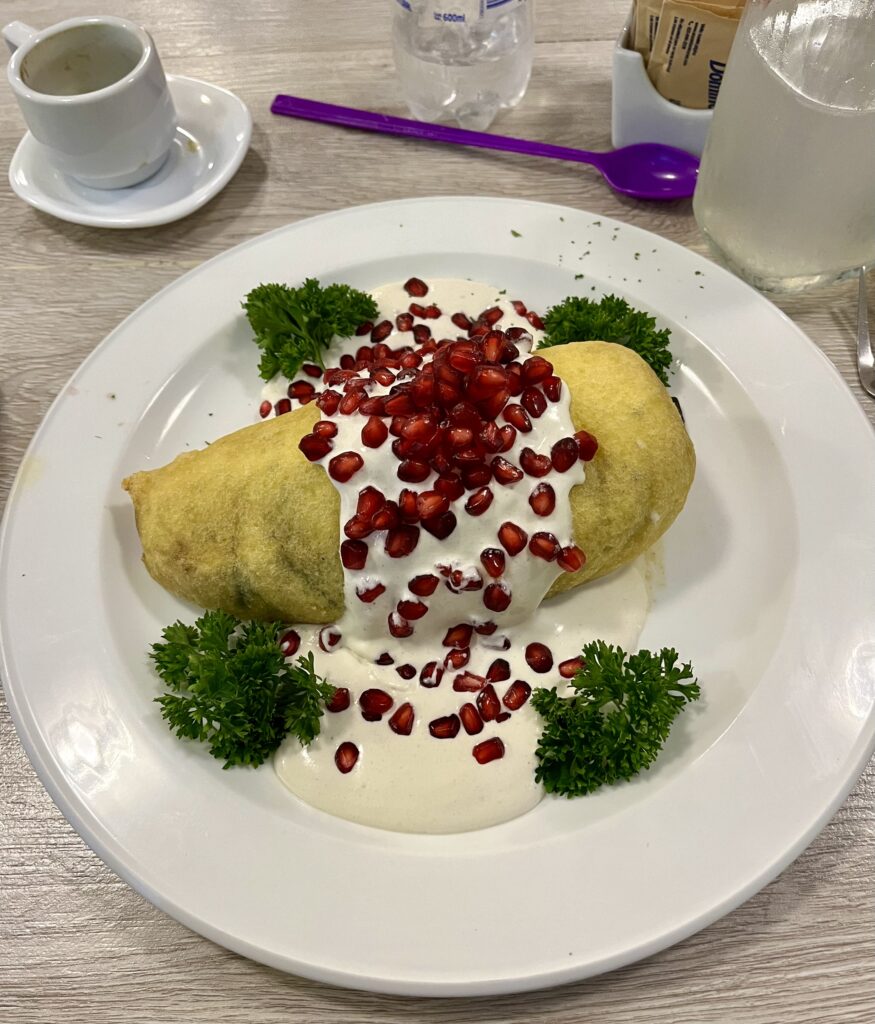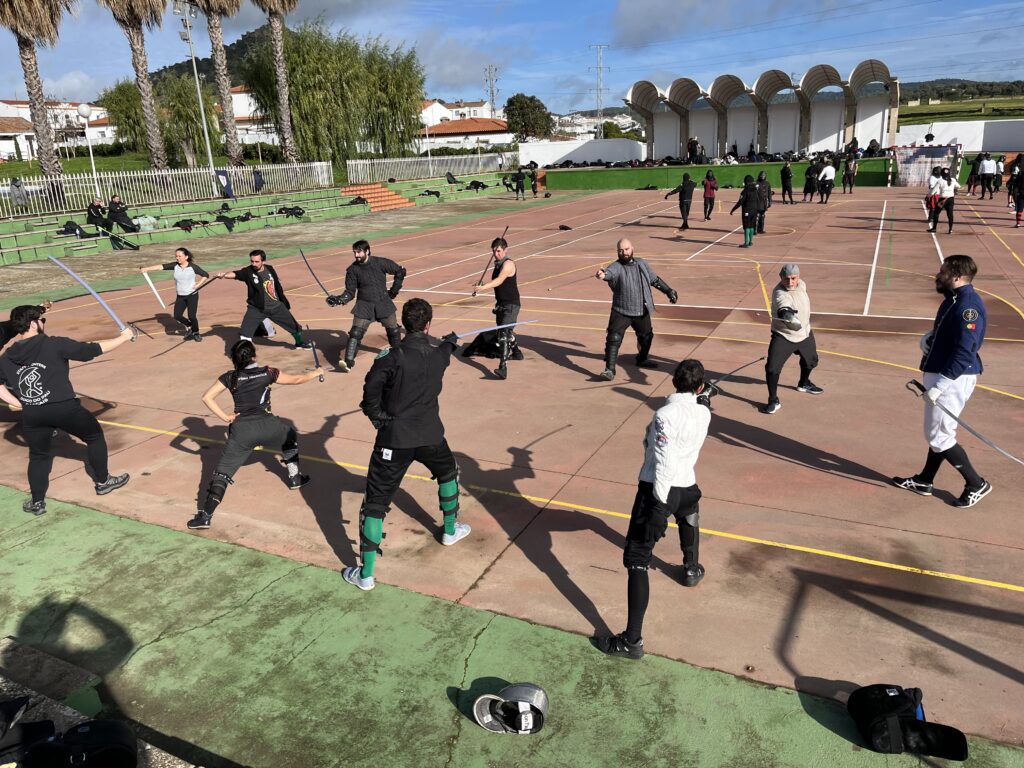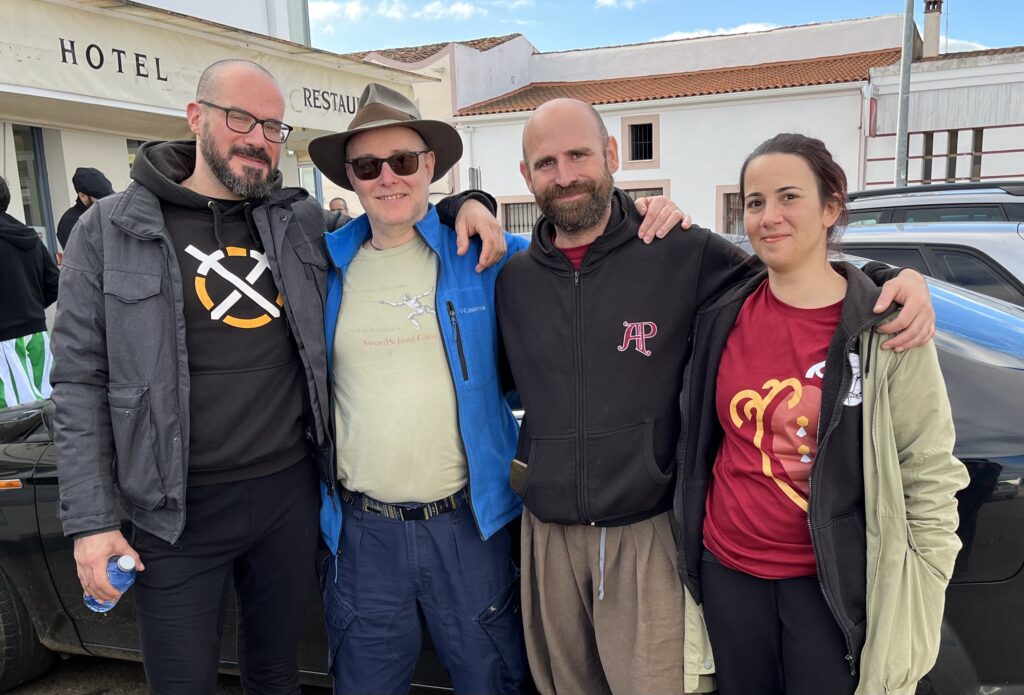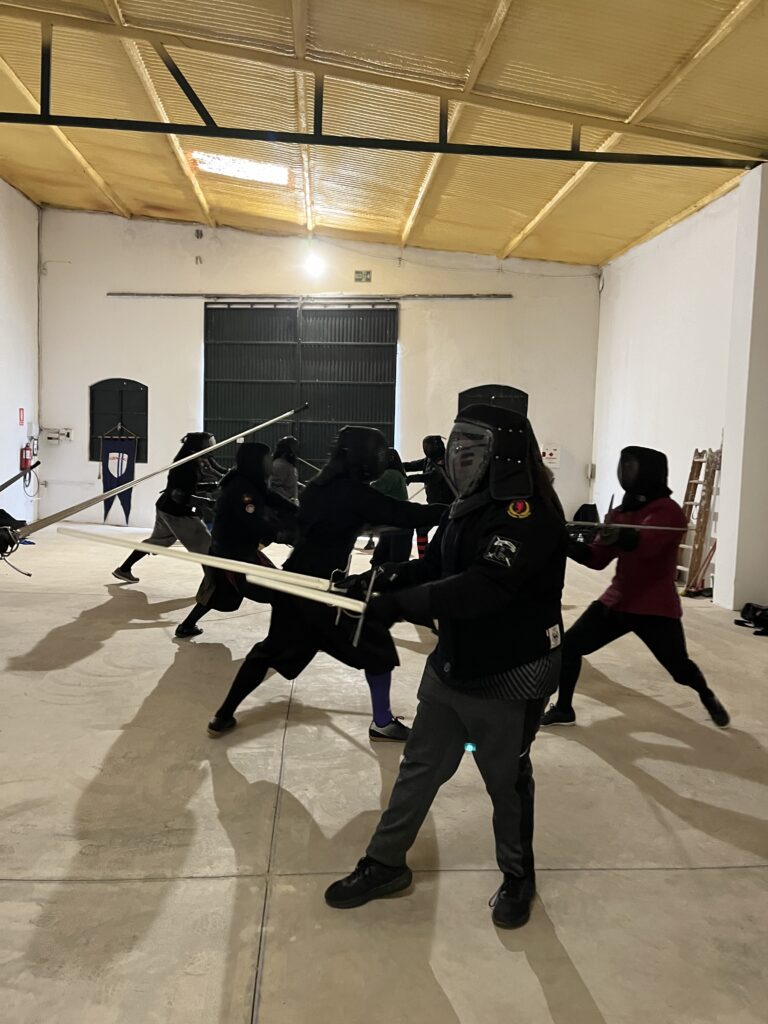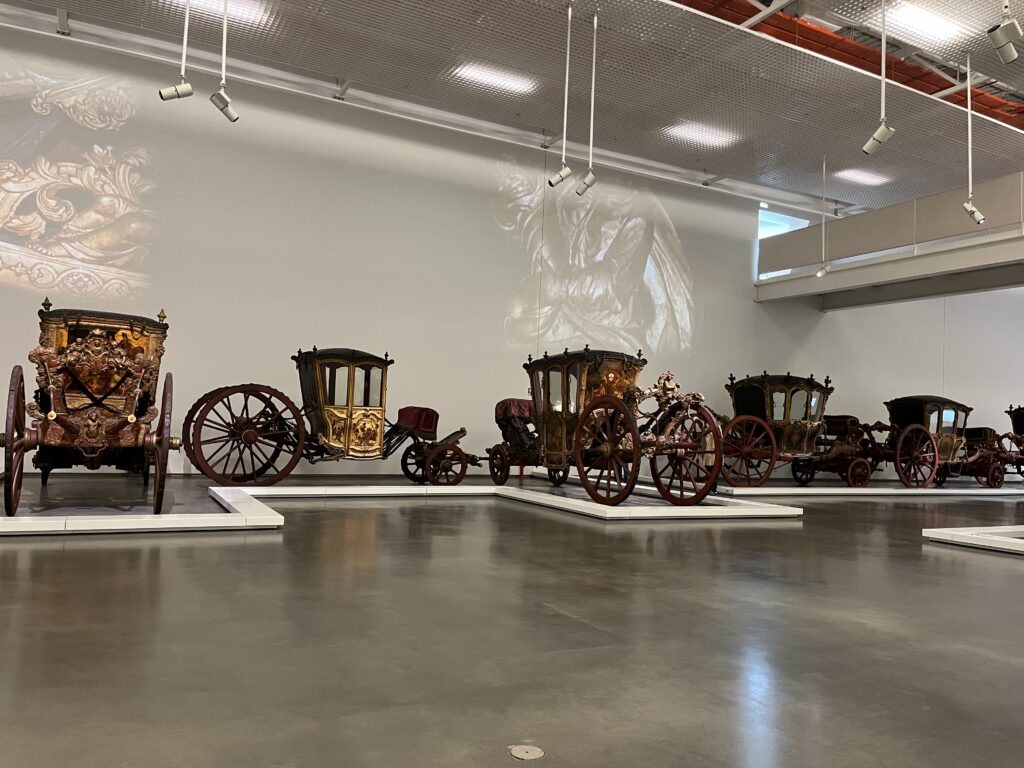I flew to Belgrade last week to attend the Sword and Balkan event. I arrived on Thursday evening and spent Friday exploring downtown Belgrade to get a sense of Serbian culture. I’ll write that up properly next, but in the meantime: if you’re visiting Serbia, do not skip the National Museum on Republic Square…
The event began on Saturday morning, and right from the start it felt different. We were all invited to break off a piece of bread, dip it in salt, and eat it (I just had the salt, being allergic to wheat). This symbolic act made us part of the family—and that sense of familial warmth and camaraderie set the tone for the whole weekend. Literally everyone I interacted with was relaxed, friendly, and there to enjoy some good swordy fun. It was especially nice to catch up with Francesco Lodà after more than 20 years!
The event’s principal organiser, Željko Glumac, was a game designer before devoting himself fully to swords—and I’ve never encountered a more gamified (in the best possible way) fencing event. There was a creative and intricate token system: participants earned tokens through various activities and could use them to bid for spots in the final tournament, choosing weapons like rapier, smallsword, and so on. You could win tokens from fellow fencers in challenges—unless, when revealing your secret team card (Fiore, Hutton, etc.), it turned out you were on the same team! When challenging instructors, they would award you 1–3 tokens based on the quality of your fencing (regardless of the score).
No wonder the reception table looked like this:
That’s Željko on the left.
I knew Željko is a Capoferro man, but I also knew he’d be swamped with organisational duties, so I kidnapped him early Saturday for a quick fencing match. It was a joy. Sometimes fencing feels like an argument between people who don’t speak the same language—but this was a vigorous and friendly conversation between two native speakers of the same dialect.
My class that morning was Skill Development with the Longsword. About 26 students attended, with a wide range of experience levels. They were all a pleasure to teach, and I think everyone got something useful from it.

I’d twisted my right knee on Wednesday morning, so I was being careful—short lunges, no unnecessary pressure—but still managed to get in two bouts after lunch. First, with Thomas Tassie on smallsword (a quick fencer with a lovely circular parry in quarte), and then with Branislav Petrović, another Capoferro fencer. He hit me with Capoferro’s scanso della vita—a rare thing to see in freeplay! But a little later I got him back with the same technique, which may have been my personal fencing highlight of the weekend.
By evening I was fairly worn out, but I really enjoyed chatting with Viktor, Veronika, and Elay. Fortunately, V and V are early-to-bed types like me, so they gave me a lift back to the hotel and we turned in around 11:15. But I must say—those Serbs understand carnivory at a high level.
On Sunday morning, I did a thorough physio session to keep the knee and neck issues at bay, and then fenced with Karl Rapp from Vienna. We hit each other quite a bit—but he managed to catch me twice with the same move: a thrust to the flank after covering my blade with his left hand. Son of a bitch! (In the best possible way.) It was a delightful bout, swiftly followed by another with Viktor Kachovski—good thing we both got to bed at a decent hour!
That day I taught a smaller class, Skill Development with the Rapier, which meant we could go deeper into the subject. Again, the group included both beginners and veterans with over a decade of experience, and again, everyone was a joy to teach. Special thanks to Pavle Ilijašević (in the red and black poofy pants) for demonstrating with me—with sharps!
After lunch (and a bit of tech wrestling with the projector), I gave an hour-long lecture on syllabus design. I think it went well—when I formally ended the session, the room stayed for another 45-minute Q&A, mostly on pedagogy. I sometimes ask the audience to vote on the best question of the session. This time, Daniel won the prize (a Swordschool patch) for getting me going on teaching mixed-level classes.
You may have noticed the total lack of photos or videos of me fencing. That’s because I was having too much fun to remember I even own a phone.
The event wrapped up with the challenge tournament. I was absolutely knackered by this point, but it was clearly enormous fun for everyone involved—team members cheering each other on and nobody taking it too seriously.
All in all, a thoroughly delightful event. Željko and his team got the tone exactly right—and everything else flowed from there.



